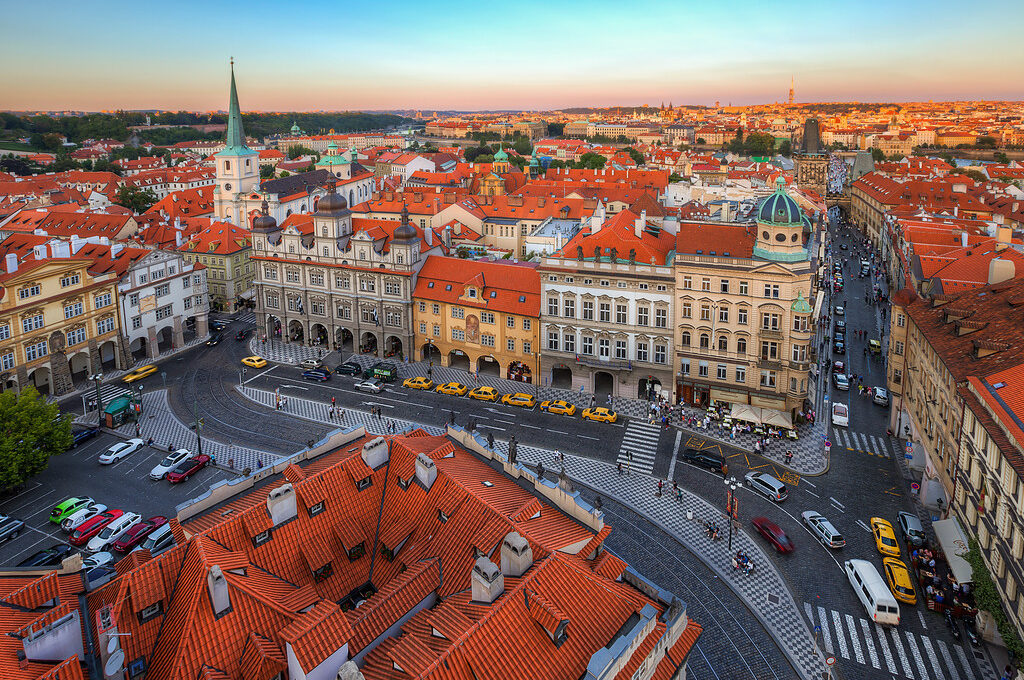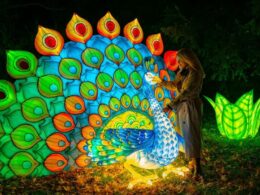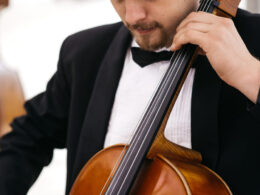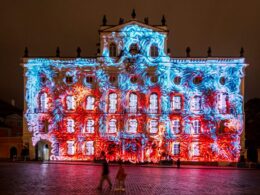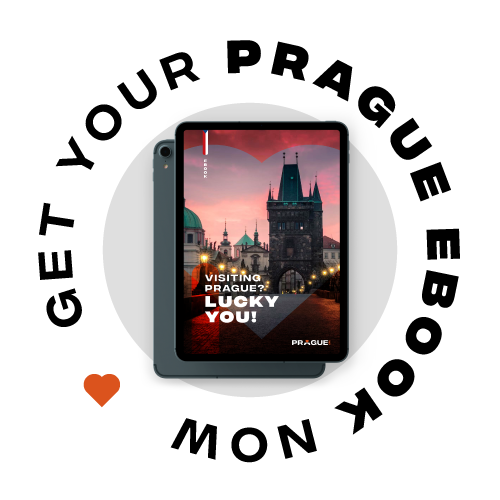Table of contents Show
Lesser Town Square, Prague
Czech name: Malostranské náměstí
Located at the heart of the Lesser Quarter, Lesser Town Square, or Malostranské náměstí in Czech, is an essential stop on any Prague sightseeing tour. Lesser Town Square is one of three main Prague squares and is separated from the other two—Old Town Square (Staroměstské náměstí) and Wenceslas Square (Václavské náměstí)—by the Vltava River. The square is notable for its stunning Baroque architecture and its plentiful array of shops and restaurants. Lesser Town Square also boasts a rich social and political history as the center of an ancient part of the city.
Where is Lesser Town Square Located in Prague & How to Get There
Lesser Town Square is home to a central tram station, making it incredibly accessible. The following tram lines stop at the Malostranské náměstí station: 12, 15, 20, 22 and 97. On foot, the square is a straight shot from the Charles Bridge (Karlův most), across the river from Old Town.

Opening Hours & Lesser Town Square Prague Entrance Fee
The square is outdoors so you can visit anytime. There are no fees.
What to Do & What to See at the Lesser Town Square
The main draw of the Lesser Town Square Prague may well be its architecture; impressive buildings surround the square on all sides. Chief among these is the grand St. Nicholas Church, which is visible from nearly every part of the city. The dome of this imposing Baroque building rises 70 meters—230 feet—into the air. Check out the interior to discover why the church is widely considered to be one of the greatest examples of Czech Baroque architecture.

Other points of interest include the Old Town Hall, Smiřický Palace at No. 18, and the architectural wonder of the Kaiserstein Palace, as well as a slew of international embassies that are housed behind many of the distinctive Baroque façades around the square. The grounded houses that once populated Lesser Town Square have been converted into cafés, restaurants, atmospheric old-world pubs and small shops. You’ll definitely want to spend some time checking out this delightful variety of places to eat and shop, from pubs serving hearty Czech cuisine and brews like U Glaubiců to quaint shops like the Spolek book store.
The Lesser Town Square is not only a picturesque square surrounded by stunning architecture, but it is also home to one of the city’s most revered religious icons – the Infant Jesus of Prague. The statue, which dates back to the 16th century, depicts the baby Jesus dressed in ornate robes and holding a golden orb. The statue is said to have miraculous powers and is visited by thousands of pilgrims each year. It can be found inside the Church of Our Lady Victorious, which is located on the eastern side of the square
Although there are lots of tourists in this part of the city, many locals still live and work in the area of the Lesser Town Square so you will see a mixture of foreigners and Czechs during your visit. Due to its central location and transit connections, Lesser Town Square makes a great people-watching spot. Why not settle into the renowned literary café called Malostranská kavárna and take it all in?
History of the Lesser Town Square
Lesser Town Square has been a hub of activity in Prague since the 10th century. In addition to a major market, at various points, the square has housed a political prison, the seat of the mounted postal service, the town hall, a fiscal office, and an income-tax record office. Most of the buildings surrounding the square have a medieval core but were revamped during the Renaissance and Baroque periods.
The square was a key locale in the resistance of the local Protestant nobility against their Habsburg rulers. In 1575, Protestant nobles wrote the Bohemian Confession here, which pioneered the way for religious tolerance in the Habsburg Empire. Later, on May 22, 1618, Bohemian nobles gathered at Smiřický Palace in Lesser Town Square to plot a rebellion against their Habsburg rulers. This set in motion the event that sparked the Thirty Years War, which began the next day.
